Bushfires are always a cause of concern, especially in locations with dense tree growth and in particular locations on a slope. Firefighters fit heavily into the equation, because, well, they put out the fires, risking their safety and their lives in the process. While putting out of a fire seems to be straightforward – small fires are usually put out by pouring water, stomping all over it, or smothering it with a blanket or a thick cloth.
How is a Bushfire Different from A “Normal” Fire?
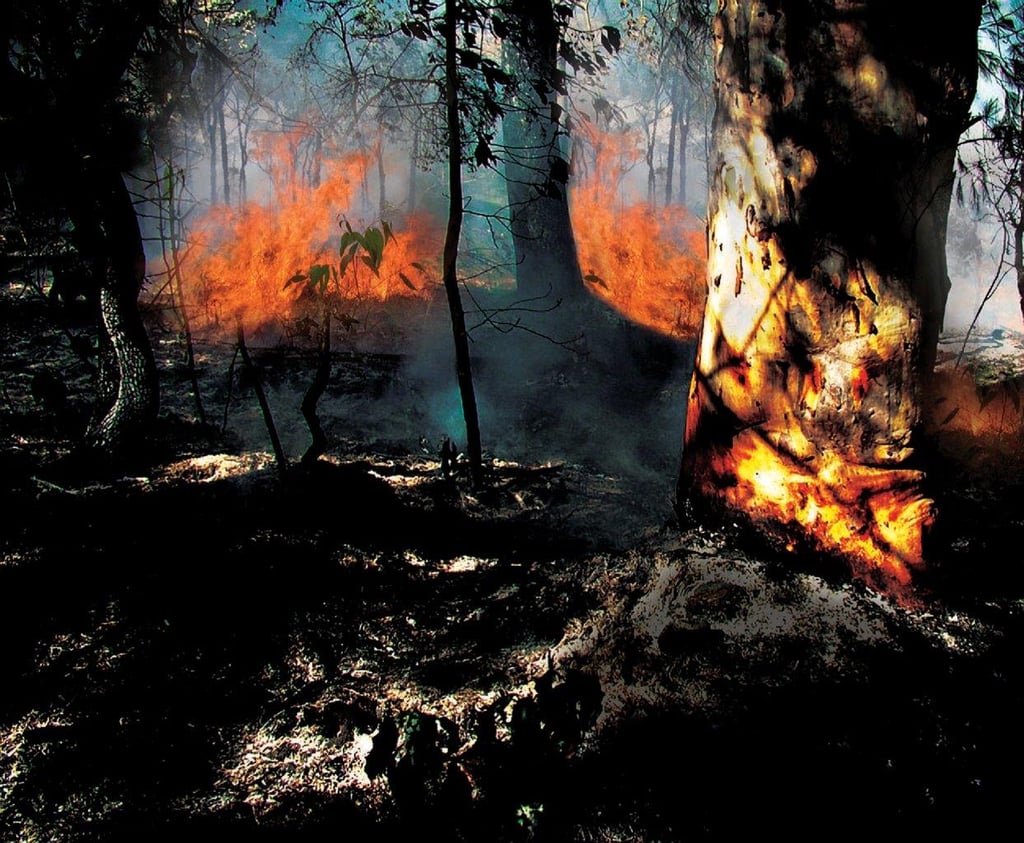
Bushfires are different, and to understand how firefighters battle them, first, we need to understand the composition of fire. A fire is made up of three elements – fuel, which burns, oxygen, which allows combustion to happen, and finally, heat. The reason normal fires are easily put out is because the oxygen is, to a certain extent, contained. With a bushfire, you cannot just get rid of the oxygen, because the fire is out in the open. It is almost impossible to contain it before it can cause widespread damage.
The heat is amplified as well – so greatly, that a bushfire contains tens of thousands of kilowatts of energy. Another factor that needs to be considered is the speed of a fire, which is related to the fire danger index. The fire danger index is affected by the drought factor, which is how dry the bush is in the long run, the temperature at the time, humidity, and wind speed and determines the speed the fire spreads. Furthermore, humidity and the temperature both contribute to the intensity of the fire.
Fighting a bushfire successfully, therefore, requires taking away the fuel, then creating a fire break. This is achieved by utilising dozers or graders, which “breaks” the line so the fire burns though the bush and into an area that does not have fuel. This area can either be a break that has been built, or perhaps an open road.
The Importance of Fire Containment Lines
Another important factor to consider is the width of the fire containment lines. The break needs to be wide enough to slow the main front of the fire and to stop embers and sparks from jumping and going straight across. The required break width really depends on the type of forest that is burning. For instance, grass fires produce flames that are very high, so a narrow break is enough to stop the fire. Forests with taller trees may have bushfires that burn up in the canopy and spread faster than ground fire, so it needs a much wider break. Firefighters also have to be wary of spotting which occurs when burning leaves and embers fall ahead of the primary fire. Spotting can occur up to several hundred metres and kilometres from the primary fire.
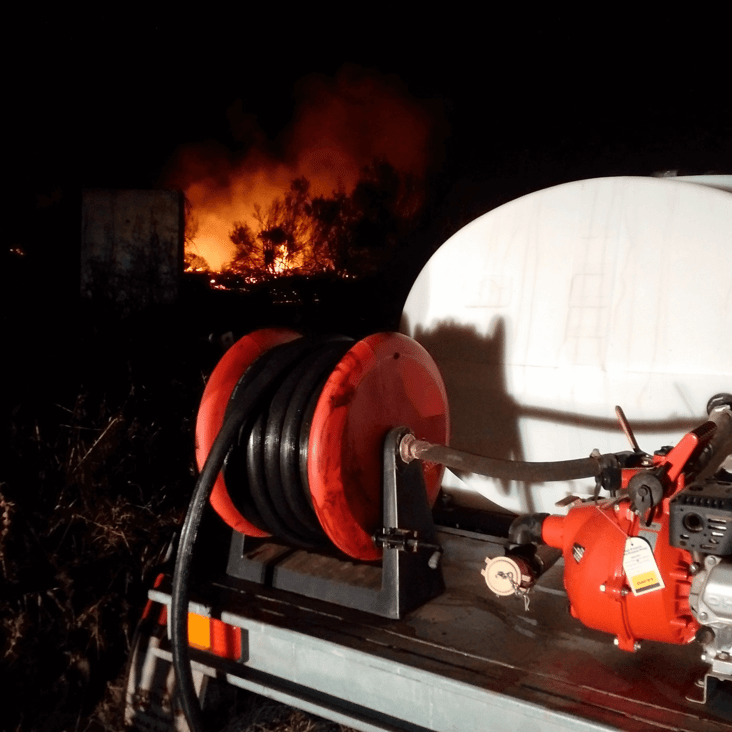
Can Rain Put Out a Bushfire?
In the off chance that there are no firefighters available to stop a bushfire, your best hope for halting it is rain. A bushfire requires rainfall of 15 to 20mm over a few hours to put it out. While a smaller amount of rain will not successfully get rid of a bushfire, it can still help if it occurs for days at a time. The rain has a cooling effect so it can help slow down the fire, and wets the fuel ahead of it. Sadly, rainfall that is less than 10mm won’t help.
How Firefighters Use the Water on their Trucks
As mentioned earlier, unlike a normal fire, dousing water won’t be enough to put out the fire, so one might wonder why firefighters still carry water on their trucks. The water is used to cool the fire, especially if the fire is relatively small and there is a place close enough but safe enough for the firefighters to hose down the fire. In cases of ferocious bushfires, water is used primariliy to wet the perceived fuel.
Monitoring After the Fire Has Been Contained
The battle does not end when the fire has been contained – firefighters need to monitor the area for at least a month, or until a significant amount of rainfall occurs, whichever comes first. Active patrols will be on duty within the perimeter and in cases of really large bushfires, aircraft may assist.



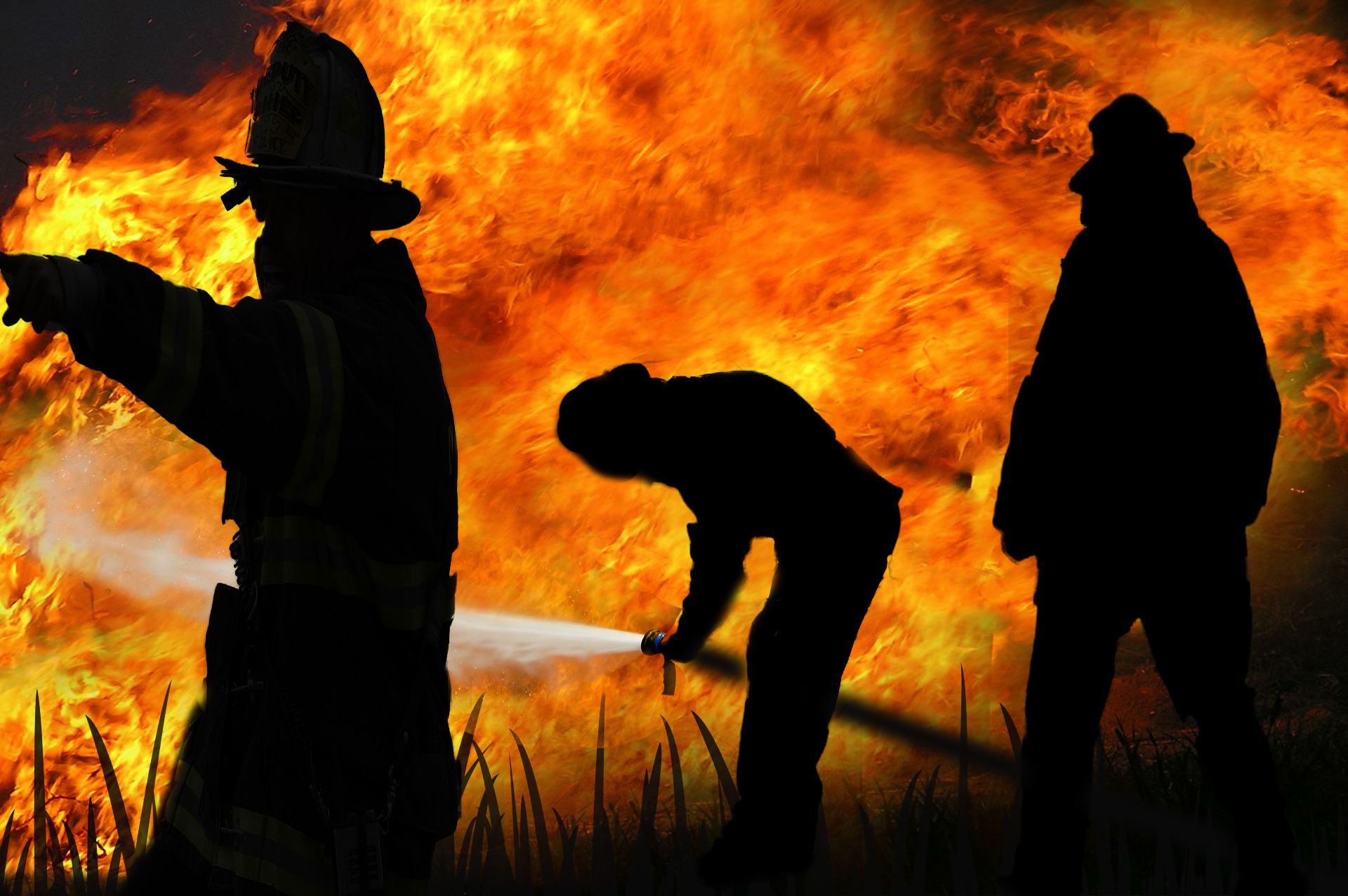


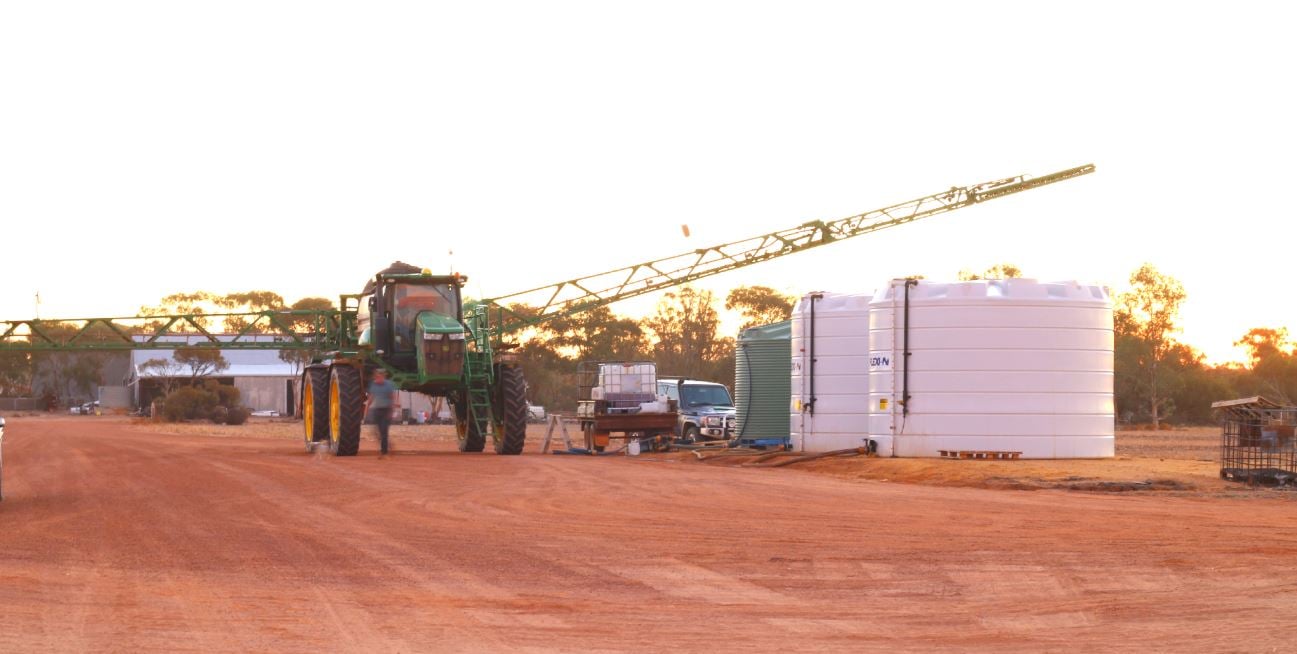

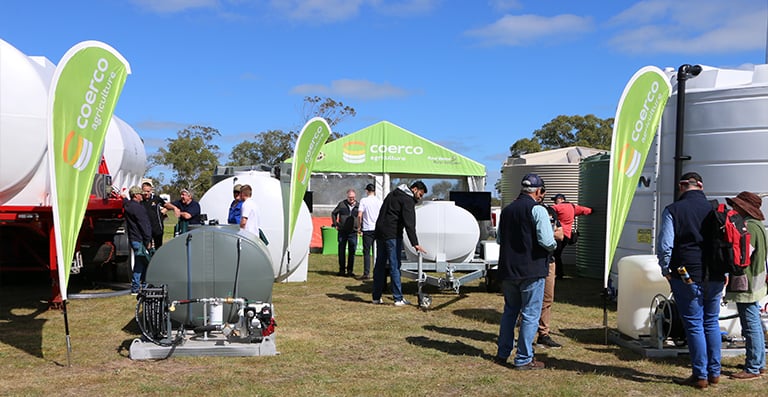
What do you think about this post?
Comments